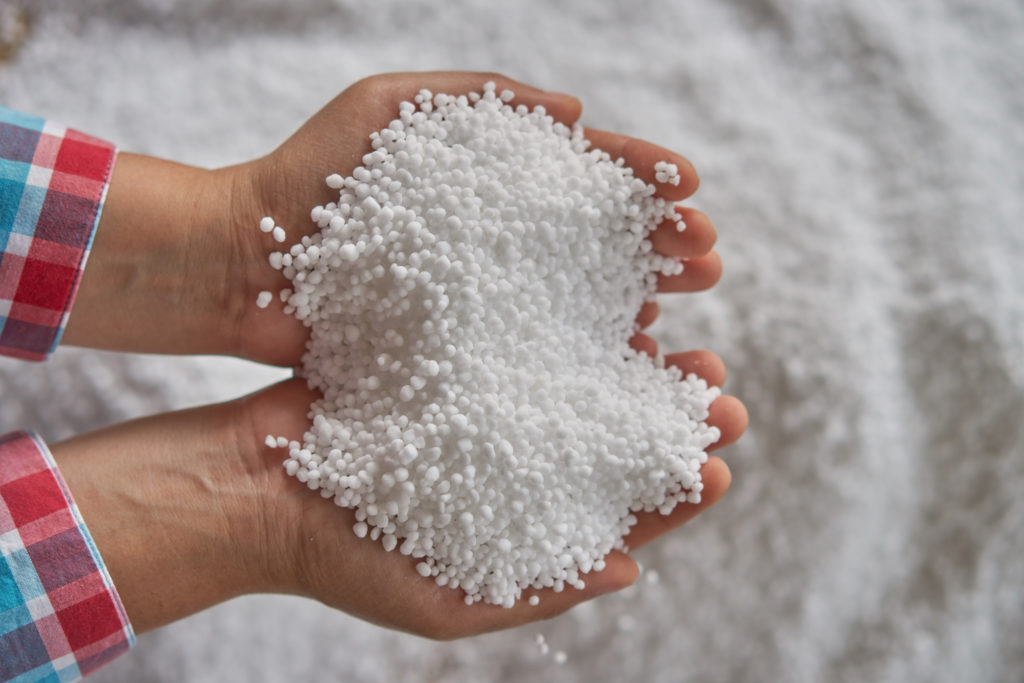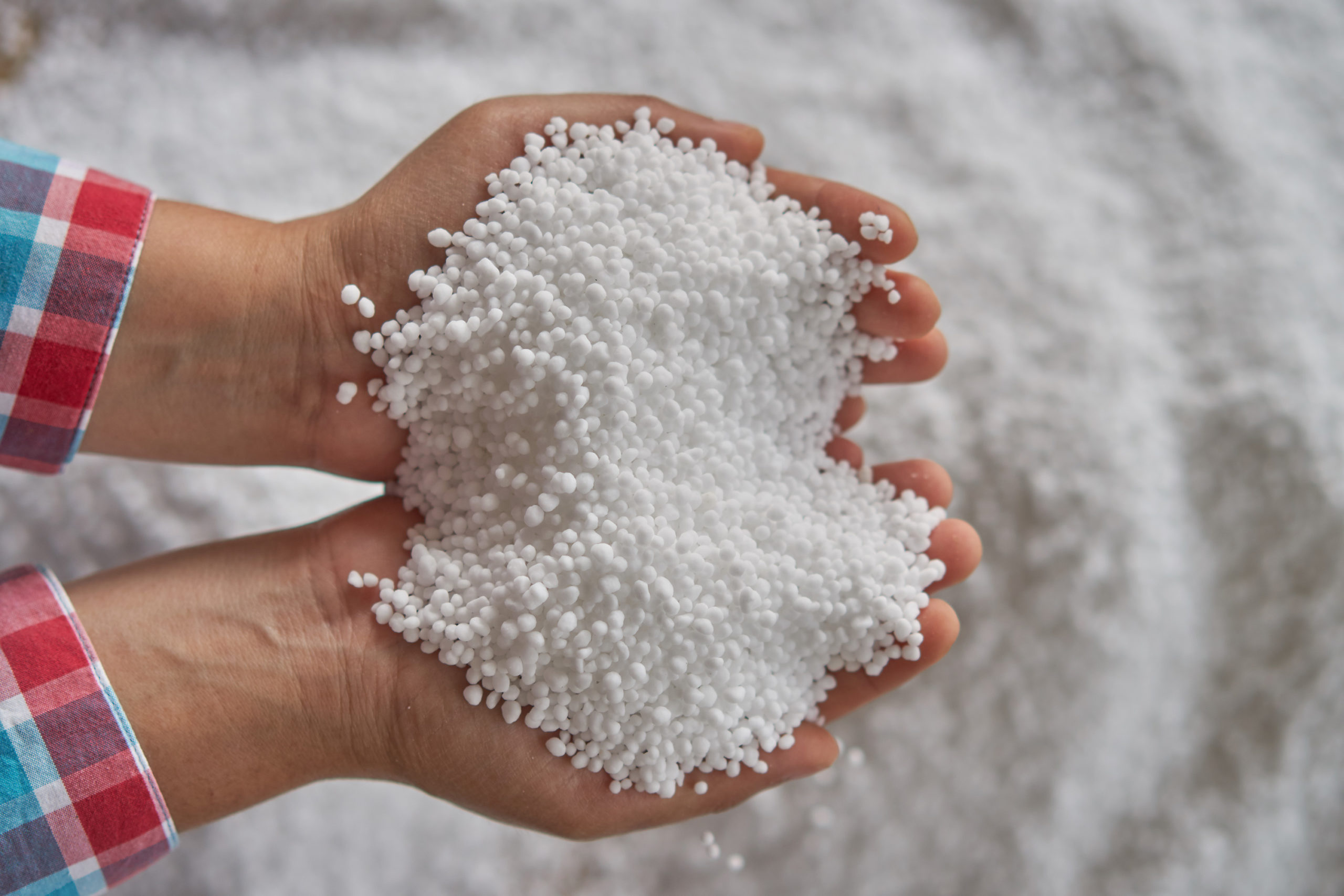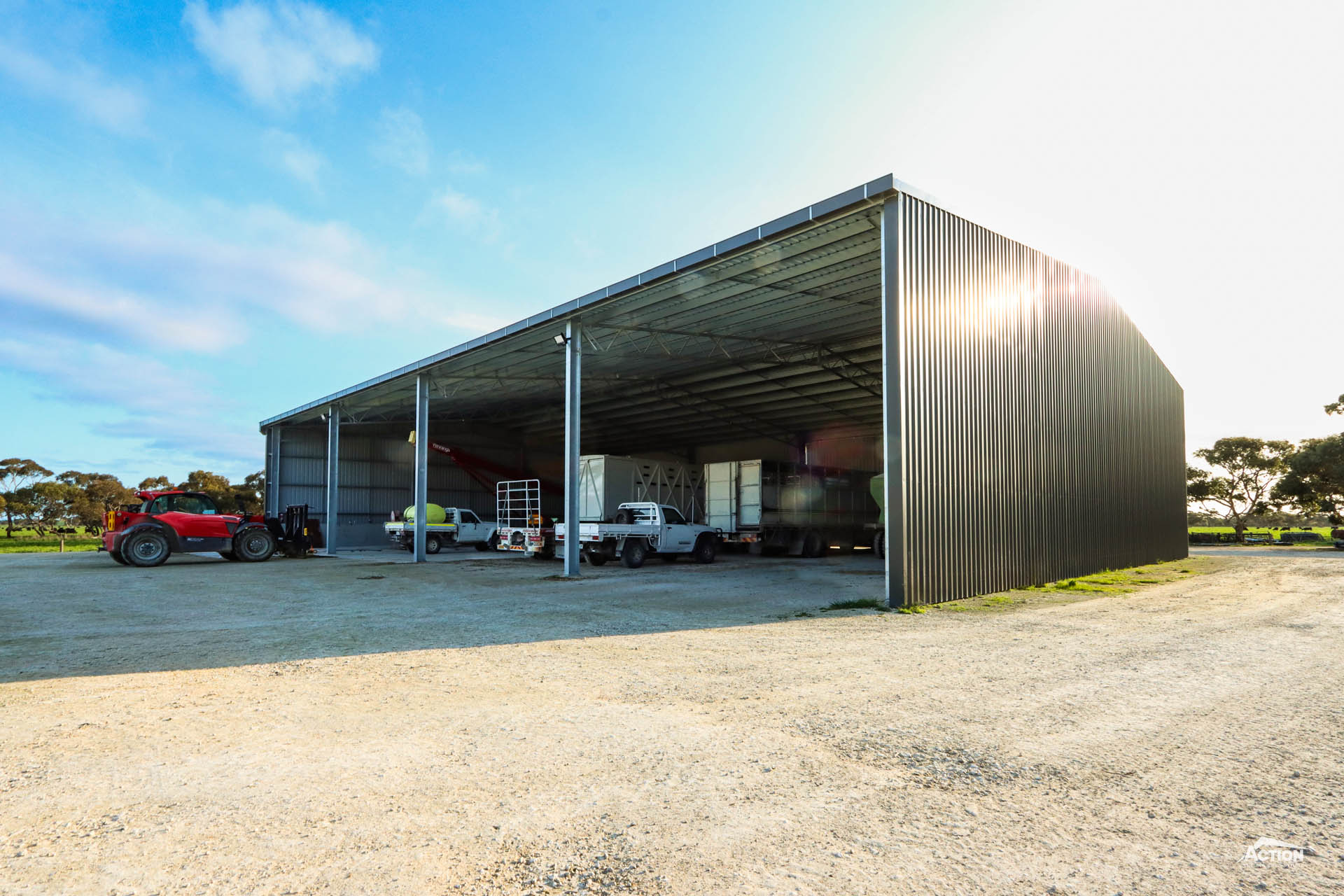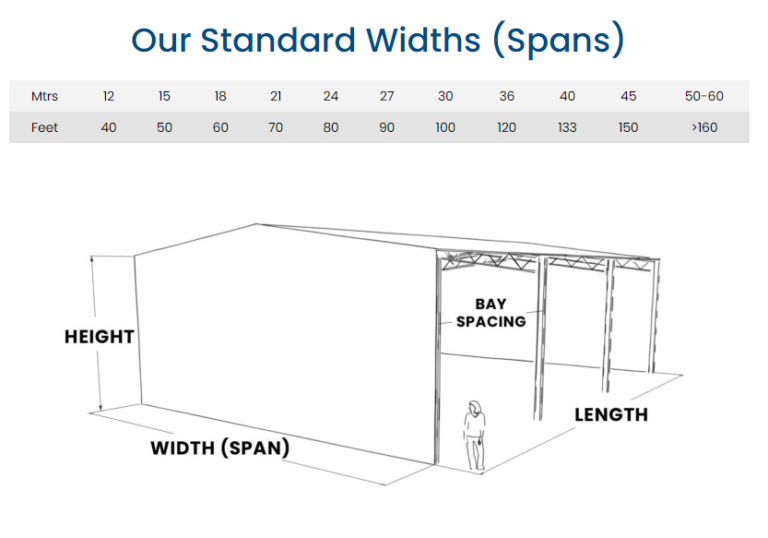It is important to ensure your fertiliser is always safely stored and protected, and it has never been more important given current fertiliser shortages, delivery delays and price rises – but, what is the best way to store fertiliser?
This article discusses how to safely store fertiliser, the best way to store different types of fertiliser and answers some of the most common questions about fertiliser storage, including:
- Are there any regulations for fertiliser storage on farms?
- Are there any restrictions on storing fertiliser in bulk?
- How long can I store fertiliser for? Can I use fertiliser from last year?
- How do I store fertiliser in a shed?
- How do I store granular fertiliser?
- How do I store liquid fertiliser?
Keep reading to find out all you need to know about fertiliser storage on-farm, fertiliser storage shed designs and more!
Safe Fertiliser Storage
Before we take an in-depth look into the best way to store different types of fertilisers, let’s cover the basics of storing fertiliser safely.
When it comes to safe fertiliser storage, there are a few key things to keep in mind:
- Always follow manufacturer’s instructions and storage information on product labels when storing fertiliser. For example, fertiliser suppliers such as Incitec Pivot do not recommend storing DAP and DAP blends in silos. You can learn more about this here – Fertiliser Sheds Versus Fertiliser Silos.
- Ensure staff members are trained in handling and storing fertiliser safely such as storage heights, particularly for bagged fertiliser. It is also important that they understand the different physical properties of different fertilisers so that incompatible fertilisers are not stored in the same area.
- Fertilisers should be stored in a cool, dry and well-ventilated area to prevent them from deteriorating or becoming unstable. Temperatures between 5°C and 30°C are generally considered to be safest as some fertilisers are sensitive to high temperatures. Ventilation helps reduce the temperature and fumes in the storage area. It is also important that the storage environment is dry, as moisture can affect granular fertiliser, making it clumpy and as a result it may not evenly spread.
- Implement good stock management practices so that the older fertiliser is used first – first-in, first-out.
- Keep any combustible materials away from your fertiliser storage area. The storage area should also be kept clean and free of dust and dirt.
What Is The Best Way To Store Fertiliser? How To Store Different Types Of Fertiliser
The best way to store fertiliser does depend on the type of fertiliser you are storing. For example, tanks can work well for bulk liquid fertiliser storage.
For granular fertiliser, a concrete panel fertiliser shed is usually considered to be best practice for on-farm storage.
There are many advantages of a fertiliser shed, from effectively protecting your fertiliser to being a multi-use investment. For example, a concrete panel shed can be used for short-term grain storage.
It is also important to consider the different storage requirements for granular fertiliser and liquid fertiliser.

What Is The Best Way To Store Granular Fertiliser?
The best way to store granular fertiliser is in a shed with concrete panel walls (to protect the cladding from corrosion and damage) and concrete panel walls for segregation of different fertiliser types.
An advantage of a fertiliser shed is that once you have bought and stored your fertiliser you can avoid price rises or delivery delays.
Or, if your storage requirements change it can easily be used to store produce such as grain.
Segregation with l-walls or t-walls also gives greater flexibility in how you use the storage space. For example, you could store one bulk product or multiple products.
For smaller amounts of granular fertiliser, it may not be worth building a dedicated fertiliser storage shed. Instead, one option is to include concrete panels in one or two bays of an open front shed. Remember to keep fertiliser and the machinery or produce stored in the shed separated to avoid fires and contamination – it would also pay to check that your insurance policy allows co-storing.
John Bennett’s Versatile Hay Shed With Concrete Panels
John’s project is a great example of how to create a multi-purpose storage shed to increase storage efficiency at harvest and cropping.
What Is The Best Way To Store Liquid Fertiliser?
A storage shed can also work well for small scale storage such as shuttles of liquid fertiliser. Pallet racking is recommended in this instance to avoid double stacking of shuttles, reducing the risk of damaged shuttles, spills and contamination.
The shed should also have a bunded concrete floor so that a high level of hygiene can be maintained . Good ventilation through the shed is also essential to help with airflow and temperature.
If you are storing bulk amounts of liquid fertiliser though, a storage tank may be the better option.
Are There Any Regulations For Fertiliser Storage On Farm? Are There Any Restrictions On Storing Fertiliser In Bulk?
In Victoria there are a number of regulations to be aware of when it comes to storing dangerous goods such as fertilisers and chemicals, including:
- The Storage and Handling of Agricultural and Veterinary Chemicals (Australian Standard 2507-1998)
- The Dangerous Goods (Storage and Handling) Regulations 2022
- The Agricultural and Veterinary Chemicals (Control of Use) (Fertilisers) Regulations 2015
As we outline in our article, How To Safely Store Chemicals, if you store under 1000 kilograms or 1000 litres of chemicals on-farm, this is classified as ‘Minor Storage’ as per the Australian Standard AS2507 – 1998.
Quantities of chemical greater than 1000 kilograms or 1000 litres are required to comply with the storage requirements of the Dangerous Goods Act 1985 and Dangerous Goods (Storage and Handling Regulations 2022).
How Long Can I Store Fertiliser For? Can I Use Fertiliser From Last Year?
The shelf-life of fertilisers differ from fertiliser to fertiliser and depend on their physical properties – and how well it has been stored! For example, some liquid fertilisers can be safely stored for 8 – 10 years whereas some granular fertilisers like urea can have a much shorter shelf life of around 6 – 12 months from manufacture date.
The shelf-life of fertiliser will be decreased if it is stored poorly or incorrectly.
For ways to improve the shelf-life of your fertiliser, check out this article from MinTech – How To Improve Fertilizer Shelf-Life.
Concrete Slabs For Fertiliser Sheds
A concrete slab, along with concrete panels are a must-have inclusions for safe fertiliser storage. A concrete slab makes loading and unloading the shed more straightforward and helps reduce fertiliser wastage.
We can arrange the concrete slab for your shed project, just make mention of this to our building consultants and they will ensure it is included in the project quotation.
Watch the video below to learn more about concrete slabs and how much they cost.
Concrete Slabs For Fertiliser Sheds
Our fertiliser shed designs for bulk granular fertiliser storage include concrete panel walls so that the shed cladding isn’t corroded by the fertiliser. These concrete panels also protect the cladding from machinery damage when loading and unloading the shed.
Permanent or semi-permanent panels such as l-walls or t-walls be used to separate bays if segregation is a requirement for your shed.
Like concrete slabs, the team at Action Steel can also arrange the supply and install of the concrete panels for your fertiliser shed.
Fertiliser Shed Inspiration Gallery

Download a copy of the Standard Fertiliser Shed Brochure to learn more about designs, customisation options, sizes and price guides.
For more information on fertiliser sheds and design options and recommendations, talk to one of our building consultants
We hope this article on the best way to store fertiliser has helped you with your fertiliser storage plans. For more articles like this, or to access our latest videos and brochures, check out our Learning Hub.







